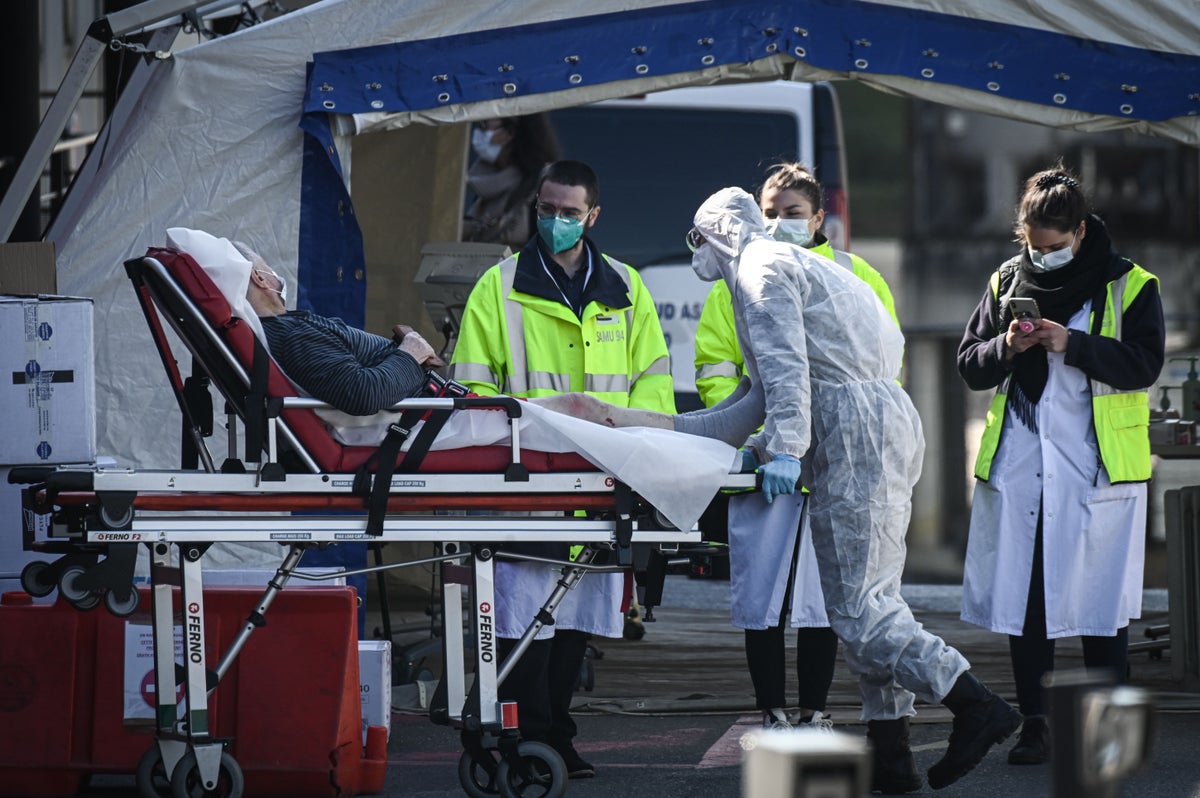An update on that Texas HHS table. It was definitely not official, but the flu deaths listed corresponded to deaths from flu + pneumonia. I hadn't realized this before, but the CDC and other disease tracking organizations lump deaths from flu and pneumonia together in some reports. Of course, many people die from pneumonia without having the flu. i found a study that concluded that about 50 times as many pneumonia deaths are reported as flu deaths. The same study showed that the correlation between the two was very strong, though, suggesting to the authors that some deaths attributed to pneumonia may actually also have been from the flu.
In any case, this is why the deaths tend to be lumped together. Before I realized this, i was puzzled at some numbers. E.g., Japan in 2018-19 reported about 3400 excess deaths attributed to flu, but 140,000 deaths to flu + pneumonia. Need to know which record one is referring to.
Wrt kids as transmitters, most of the studies I've seen do show kids transmitting the virus less often than older people, BUT most of those studies report total number of contacts infected. Since kids themselves are less likely to be infected (remember, they've been out of school all this time), and in any case, are tested less often, there are far fewer confirmed cases of kids to match with possible contacts, as compared to the huge number of adults. Second, kids--again, when not in school--tend to have fewer contacts than adults. When these two factors are taken into account, a lot of the differences between kids and adults disappear. I'm not saying kids might not be less contagious--there is evidence they carry lower viral loads, and to the extent that the virus is airborne, they exhale air less strongly than adults--but I don't think the issue is settled yet.
Speaking of airborne transmission. Most discussions of this I think have missed a very important study that measured virus levels in throat. I think I mentioned this study upthread in connection with the evidence that people don't remain infectious very long. These data allow one to determine the concentration of virus in saliva, from which you can calculate the probability that even a single virus particle will be present in aerosols or droplets. It turns out that the probability is very low until one gets to very large droplets. E.g., the probability of a single viral copy being present in a 50 um droplet was calculated to be about 37% . For a 10 um droplet (still large enough that it settles out of the air very quickly), it's down to 0.1%.
This was for the average peak viral concentration in saliva, though the maximum reported in one subject was about ten times higher. This could, of course, be one explanation for super-spreading events. Some infected people may produce droplets or aerosol particles with a lot more virus than other people. Even more intriguing, some studies have distinguished between high particle producers, HPP, and low particle producers, LPP, with the former exhaling thousands of particles per liter of air, while the latter exhale less than a few hundred. This could also contribute to some people being more contagious than other. I'd guess this is related to how dry someone's mouth is, though.
However, it's even more complicated than this, because after droplets are exhaled from a person, they very quickly become dehydrated (in a tenth of a second or so). This results in massive shrinking of size. So a 50 um particle might shrink to 10 um, less than 1/100th the volume, and at this point it's mostly salt, protein and maybe some virus. These dehydrated particles are what would actually be spread from one person to another.
Studies that have also measured the number of particles of various sizes exhaled by subjects during normal breathing, speaking, or coughing. These studies generally report far greater numbers of these particles than viral copies, which is consistent with the saliva data that indicate most particles contain few if any viral copies (This, by the way, is very strong evidence against the Rancourt link posted upthread, claiming that masks don't work, because a single droplet or aerosol particle contains an infectious amount of virus).








